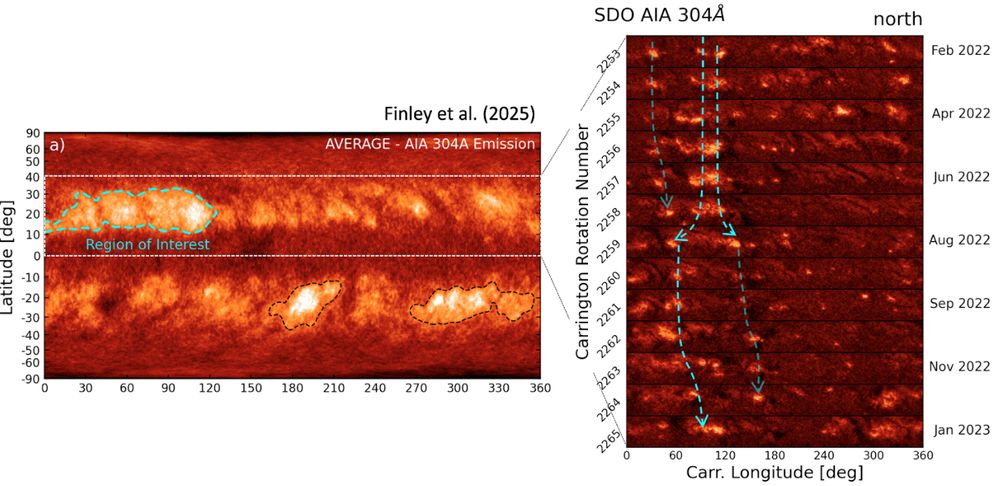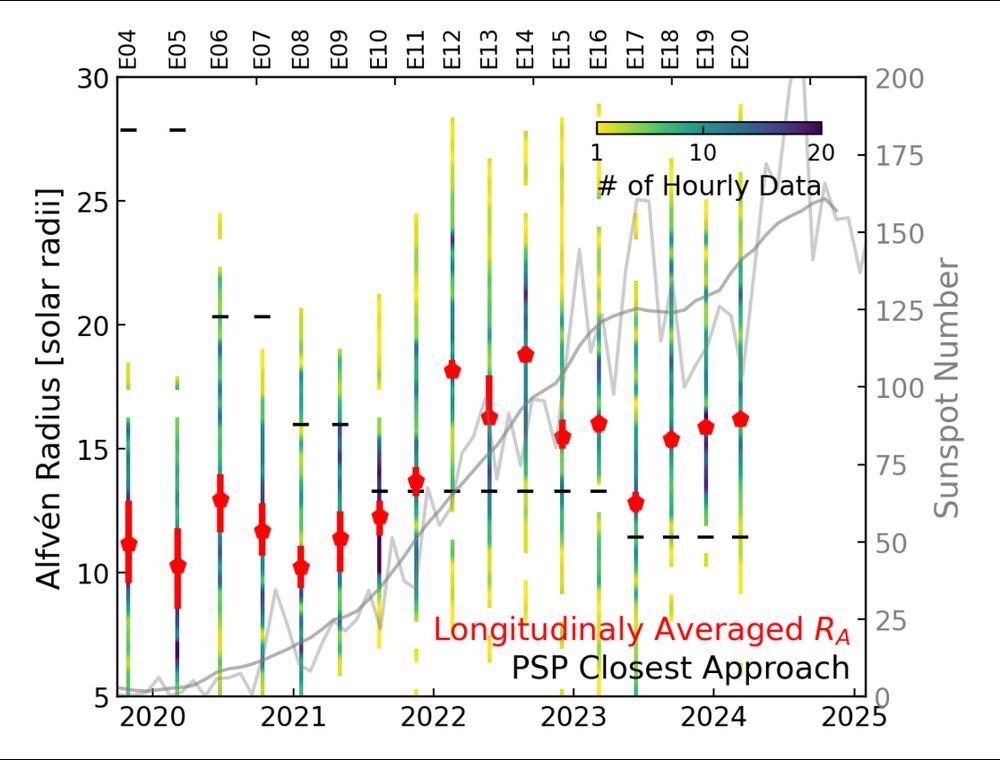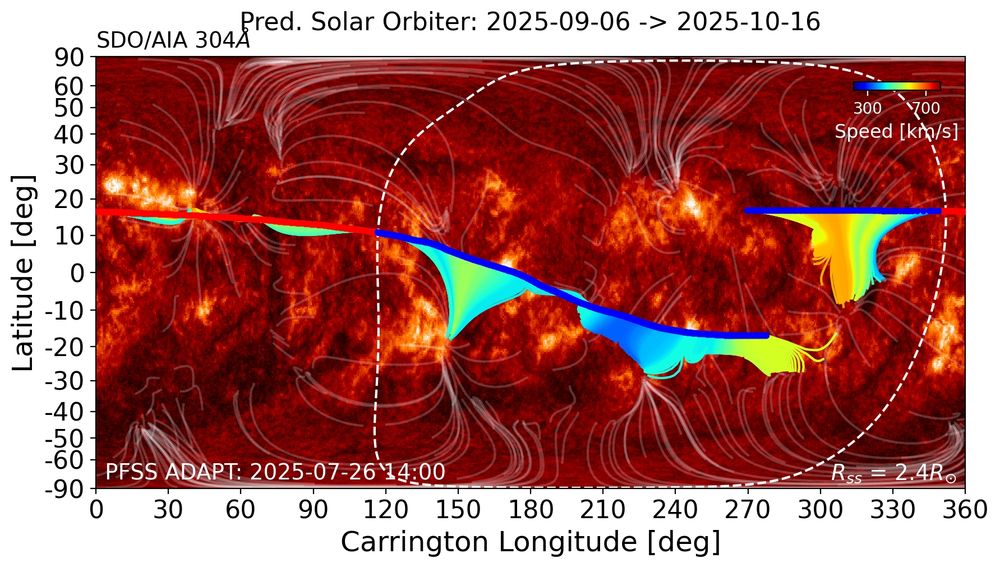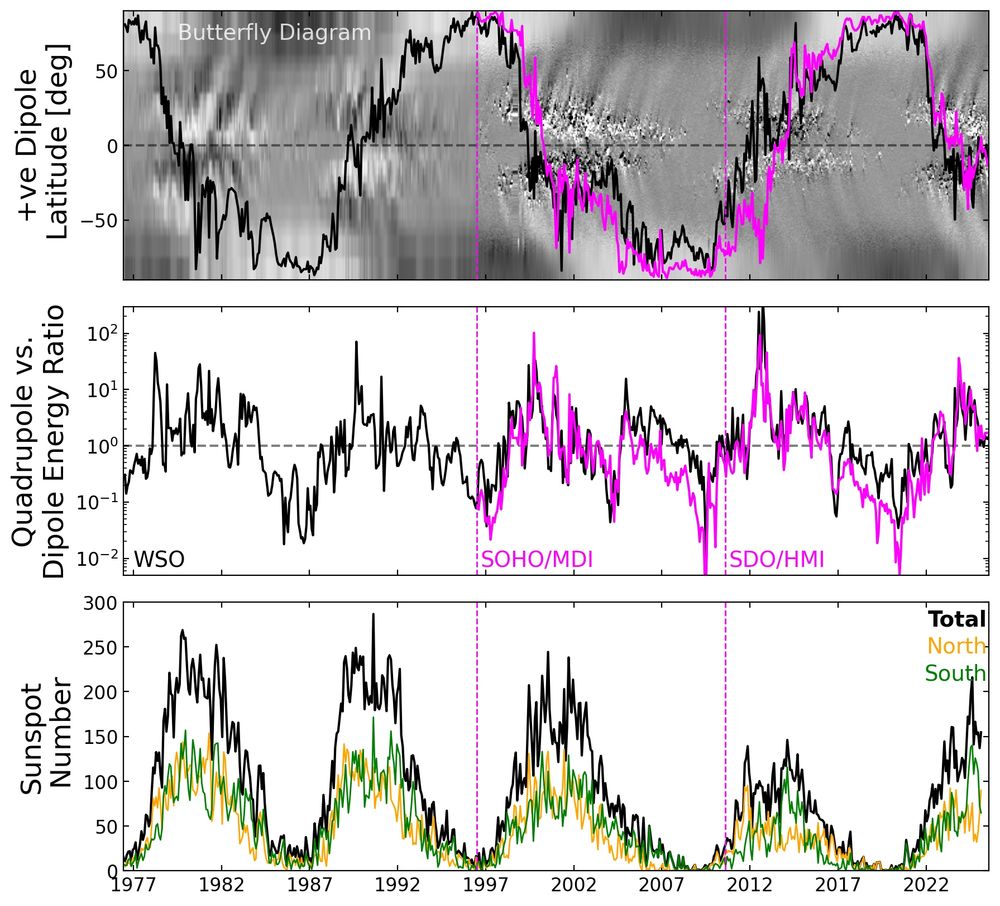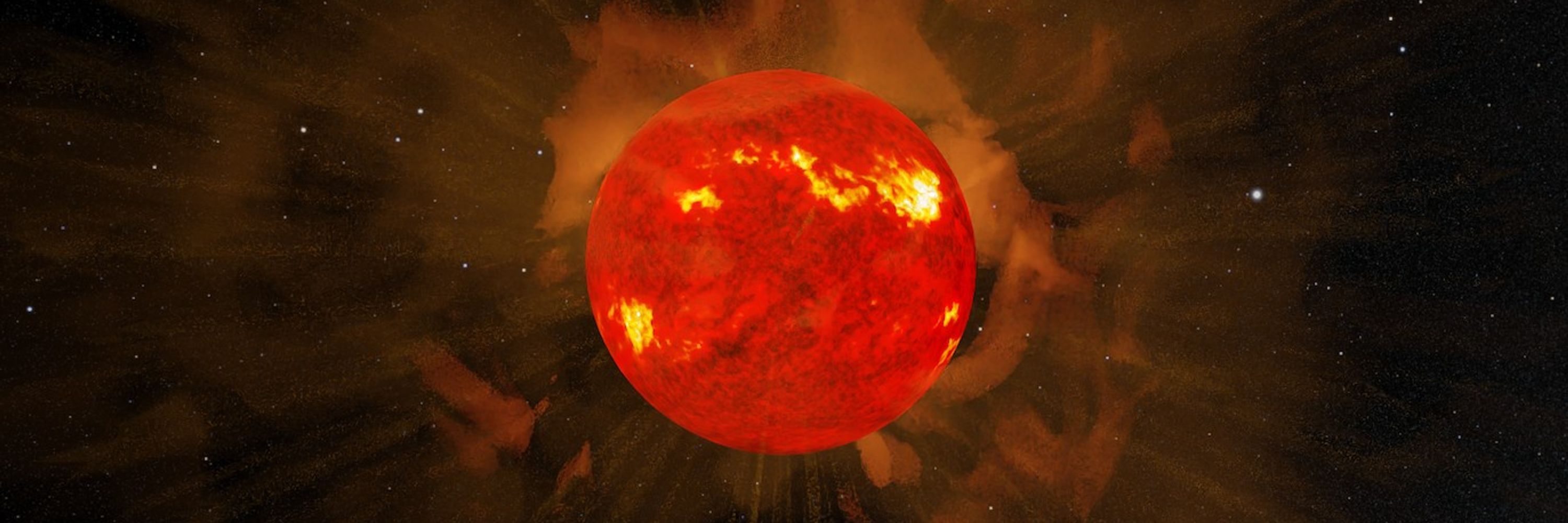
Dr Adam J. Finley
@adamfinley.bsky.social
260 followers
150 following
73 posts
Postdoctoral Researcher at CEA Paris-Saclay (LDE3). ERC WholeSun. Investigating the outflow of plasma from the Sun & other stars. Formerly ERC AWESoMeStars PhD.
Posts
Media
Videos
Starter Packs
Pinned
Reposted by Dr Adam J. Finley
Reposted by Dr Adam J. Finley
Reposted by Dr Adam J. Finley
Reposted by Dr Adam J. Finley
Dr Adam J. Finley
@adamfinley.bsky.social
· Aug 15


